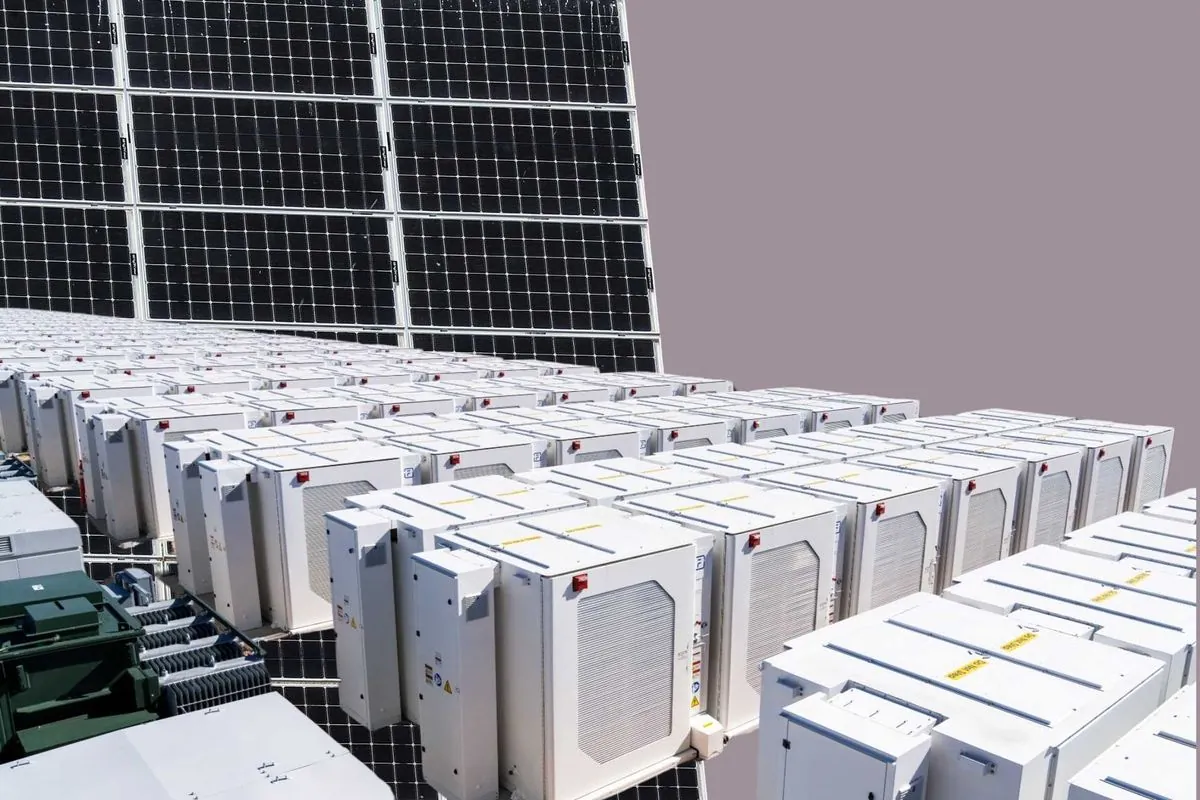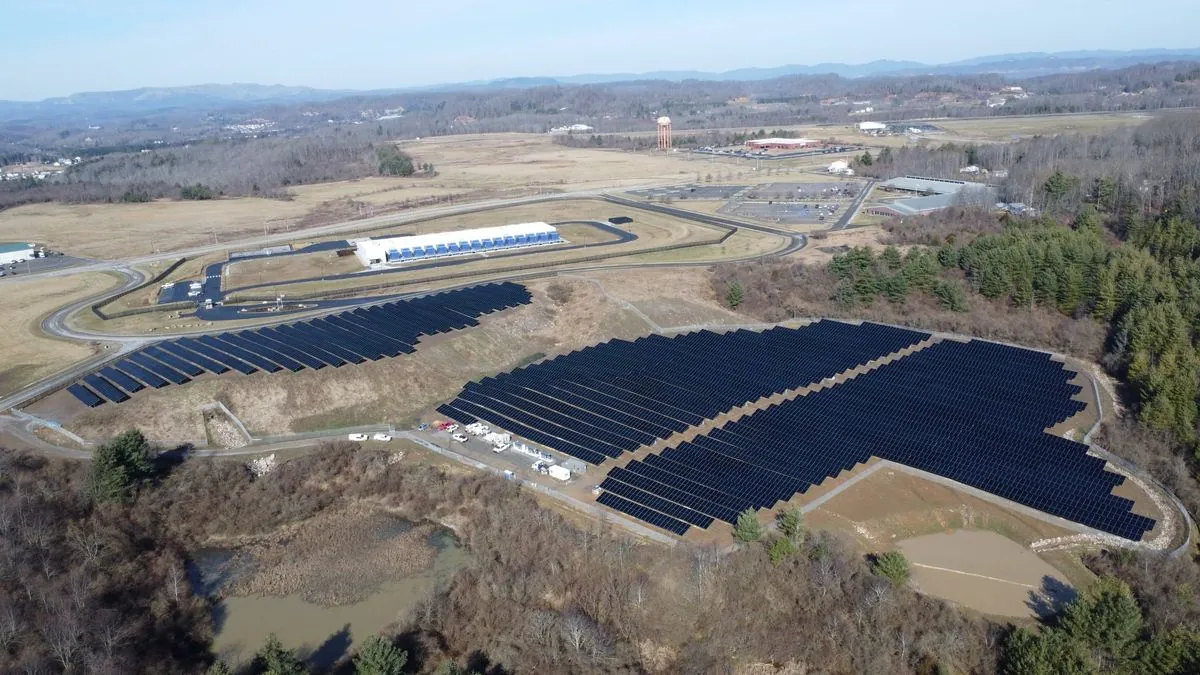Tech Giants' Green Energy Gamble: Powering AI's Future
Major tech companies are rapidly securing green energy for AI data centers, balancing innovation with financial risks. The surge in power needs raises questions about sustainability and profitability in the AI era.

In the race to dominate the artificial intelligence landscape, tech behemoths are facing an unexpected challenge: securing vast amounts of green energy to power their data centers. Microsoft, Amazon, Alphabet, and Meta are at the forefront of this trend, signing substantial power purchase agreements (PPAs) with renewable energy providers.
The scale of energy consumption for AI operations is staggering. The International Energy Agency projects that by 2026, data centers worldwide will require 1,000 terawatt hours annually—equivalent to Japan's entire electricity consumption. This surge represents a 120% increase from 2022 levels, highlighting the exponential growth of AI-related power needs.
Microsoft's recent 10.5 gigawatt framework agreement with Brookfield Asset Management exemplifies this trend. Such deals offer price stability but come with significant financial commitments. For instance, a hypothetical 15-year PPA could cost Microsoft around $1 billion annually, based on average development costs for solar and wind energy.

While outsourcing power generation to experts like Brookfield and Macquarie seems logical, it's not without risks. The tech giants are essentially betting on the success of their AI ventures to justify these massive energy investments. If the anticipated AI boom doesn't materialize as expected, companies could find themselves locked into costly long-term contracts for unused power.
The financial implications are substantial. Capital expenditure for Amazon, Alphabet, Microsoft, Meta, and Apple is projected to exceed $200 billion in 2024, with a significant portion dedicated to technical infrastructure. This investment is already impacting operating margins through depreciation charges.
"We're committed to powering our AI infrastructure with clean energy, balancing innovation with sustainability."
Interestingly, this green energy push aligns with broader industry trends. Data centers currently consume about 1-1.5% of global electricity, a figure likely to rise with AI's growth. The tech sector's shift towards renewable energy sources reflects both environmental concerns and the need for stable, long-term power supplies.
The situation also highlights the evolving landscape of energy investment. The recent formation of the Global AI Infrastructure Investment Partnership (GAIIP) by BlackRock, Microsoft, and others aims to mobilize up to $100 billion for AI-related infrastructure, including power generation.
As the AI revolution unfolds, the interplay between technological advancement and energy sustainability will be crucial. The success of these green energy gambles will depend on the realization of AI's potential and the tech giants' ability to navigate the complex world of energy markets and infrastructure development.
In this high-stakes game, the winners will likely be those who can most effectively balance innovation, sustainability, and financial prudence. As the world watches, the outcome of these massive energy investments could shape not only the future of AI but also the global energy landscape for years to come.


































